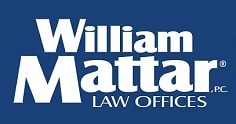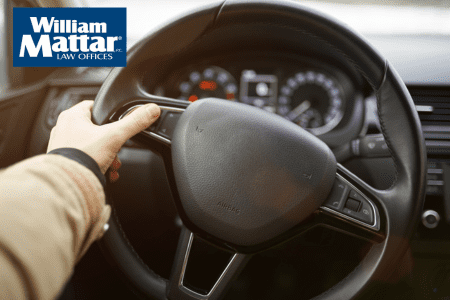

(844) - 444-4444

A blind mechanical engineer named Ralph Teetor invented the automotive cruise control in the 1940s. Teetor patented his brainchild in the early 1950s, it started appearing in cars in the late 1950s, and, in the intervening years, the device has gone through a series of catchy names, including “Speedostat.”
We will never know what Teetor would think of the latest iteration of his invention, adaptive cruise control. One of many driver-assist features now becoming standard issue in new vehicles, adaptive cruise control aims to reduce the risk that a car will run into obstacles or rear-end another vehicle while moving at a pre-set speed.
How does it work? Generally speaking, adaptive cruise control maintains the speed set for the car until it finds itself in slower traffic, where it will brake automatically to maintain a safe distance. Once traffic thins out and speeds up, the adaptive cruise control accelerates accordingly. It does all this with cameras, radar sensors, and lasers.
Insurance claims data shows that using adaptive cruise control (ACC) may lower the risk of crash.
One potential danger with ACCs is they may cause drivers to become overly reliant on the technology and not pay sufficient attention to the road. Adaptive cruise controls aren’t perfect–their sensors might be hindered by rain or snow, for example, or while driving through a tunnel—so they should be used with care, as with any other new driving technologies.
Adaptive cruise controls also potentially pose a speeding hazard. Drivers are 24% more likely to exceed the speed limit while using ACC, according to a 2021 study by the Insurance Institute for Highway Safety, which notes that systems on the market today don’t keep drivers from setting speeds in excess of the legal limit. Even though ACC system can assist in maintaining speed and navigating different roads and traffic conditions, safe driving habits still go a long way toward keeping drivers safe on the road. Motorist inattention alone or combined with speeding can lead to negligent driving.
Though adaptive cruise control is designed to automatically slow down a car and set cruising speed to whatever is required to avoid a rear-end collision, the driver can generally resume control by pressing the accelerator or maneuvering out from behind the slow or stopped object. Cruise control has been an essential feature of long car trips for many decades, but it can also be the source of rear-end crashes involving drivers who don’t realize they are coming up too fast on a slower vehicle or obstacle in the road.
Then there are those instances of technology gone haywire. Though uncommon, artificial-intelligence systems do occasionally malfunction, reminding us they’re sometimes no more infallible than the humans who develop or use them.
To understand how adaptive cruise control works is to understand the ways it occasionally might not work.
Adaptive cruise control uses radar to detect objects ahead. Adaptive cruise control can potentially make an already cautious driving routine safer. Generally speaking, however, driver-assist features don’t increase tire traction, remove road debris, or melt ice. That is why AAA recommends that drivers consider driving weather when using the technology.
If you have recently been in an accident involving a car running on adaptive cruise control, the attorneys at William Mattar, P.C. may be able to help. Contact us today to learn how our experienced attorneys can help.





